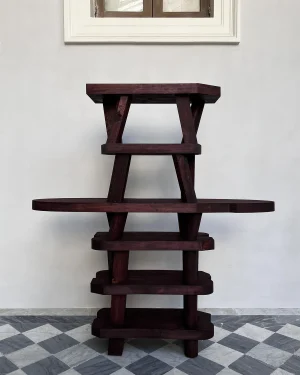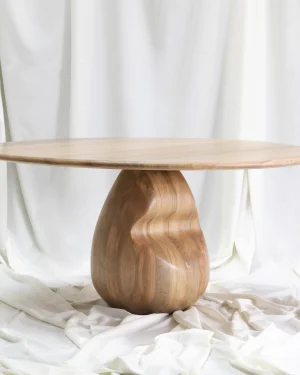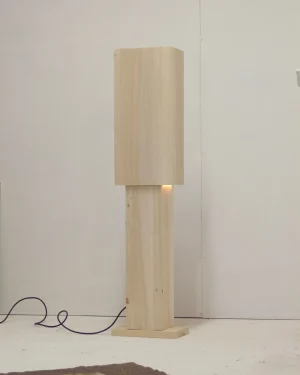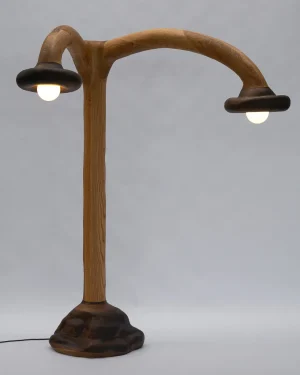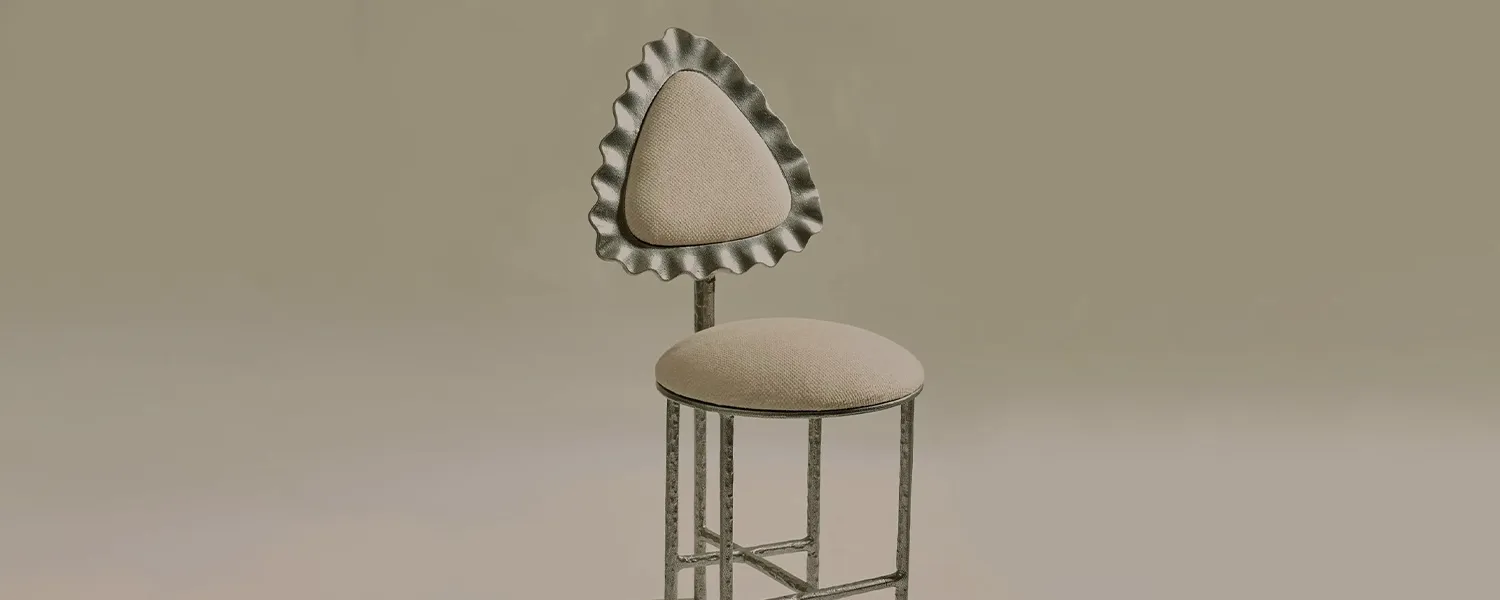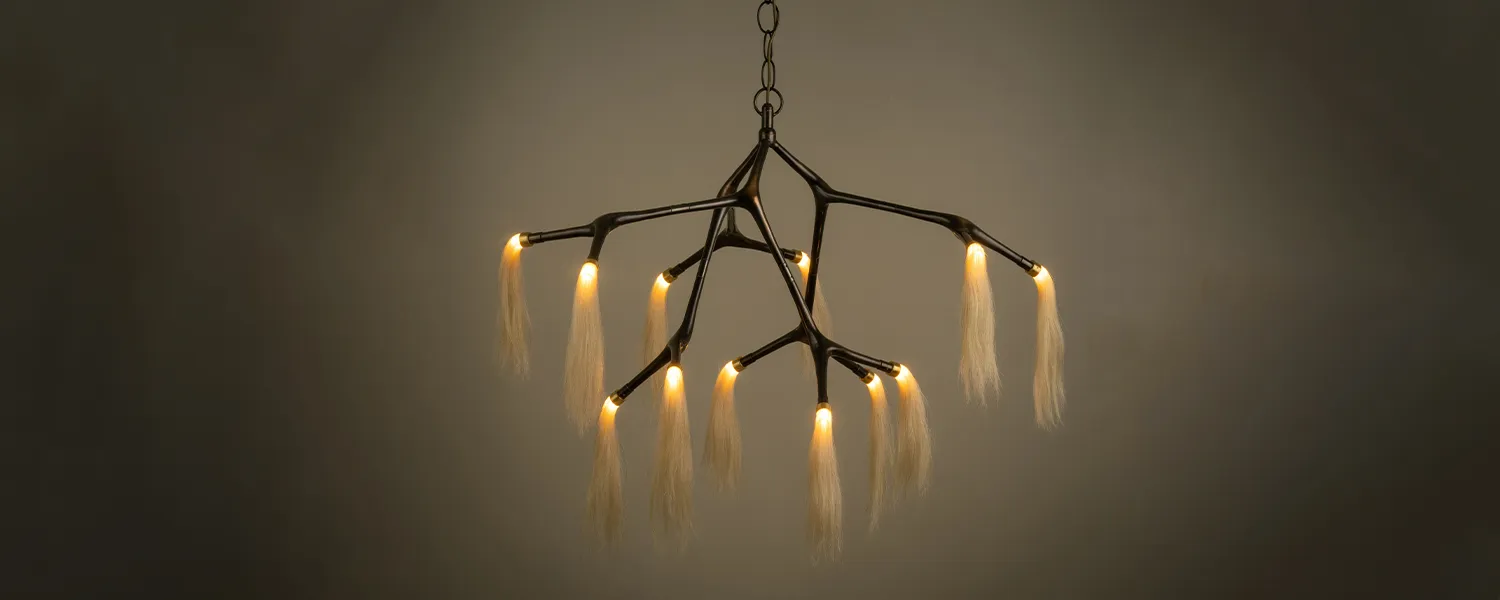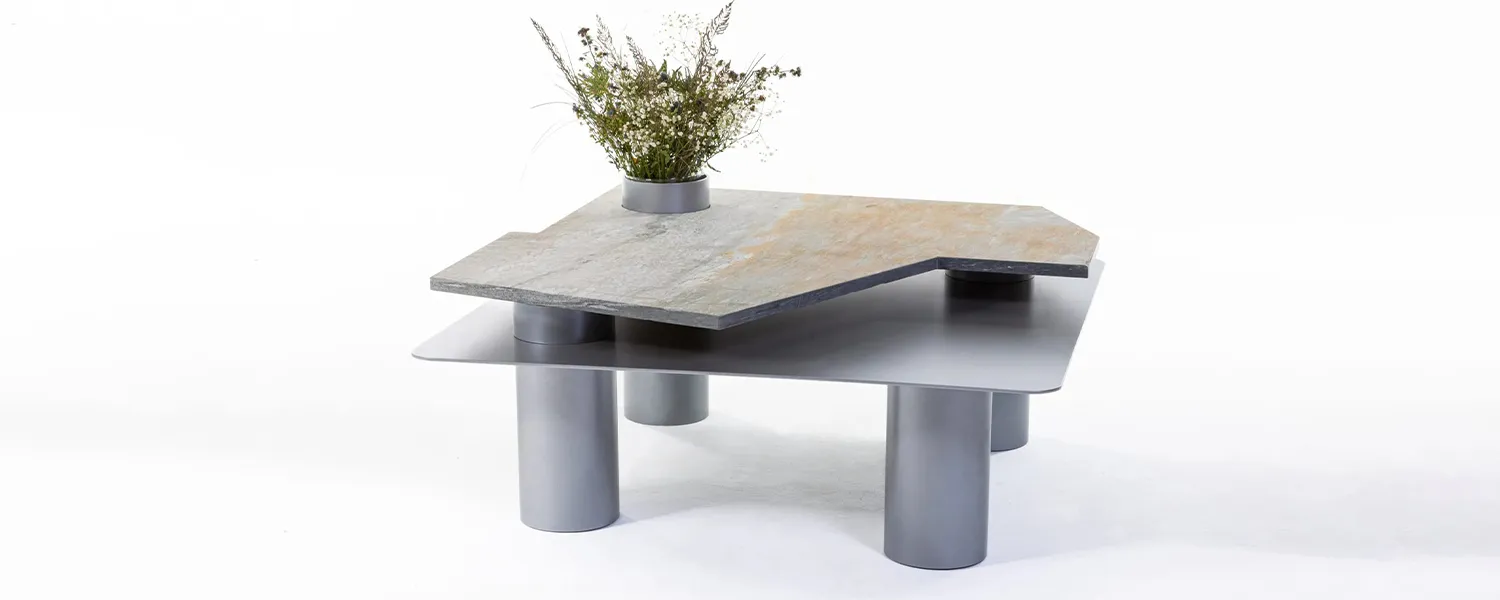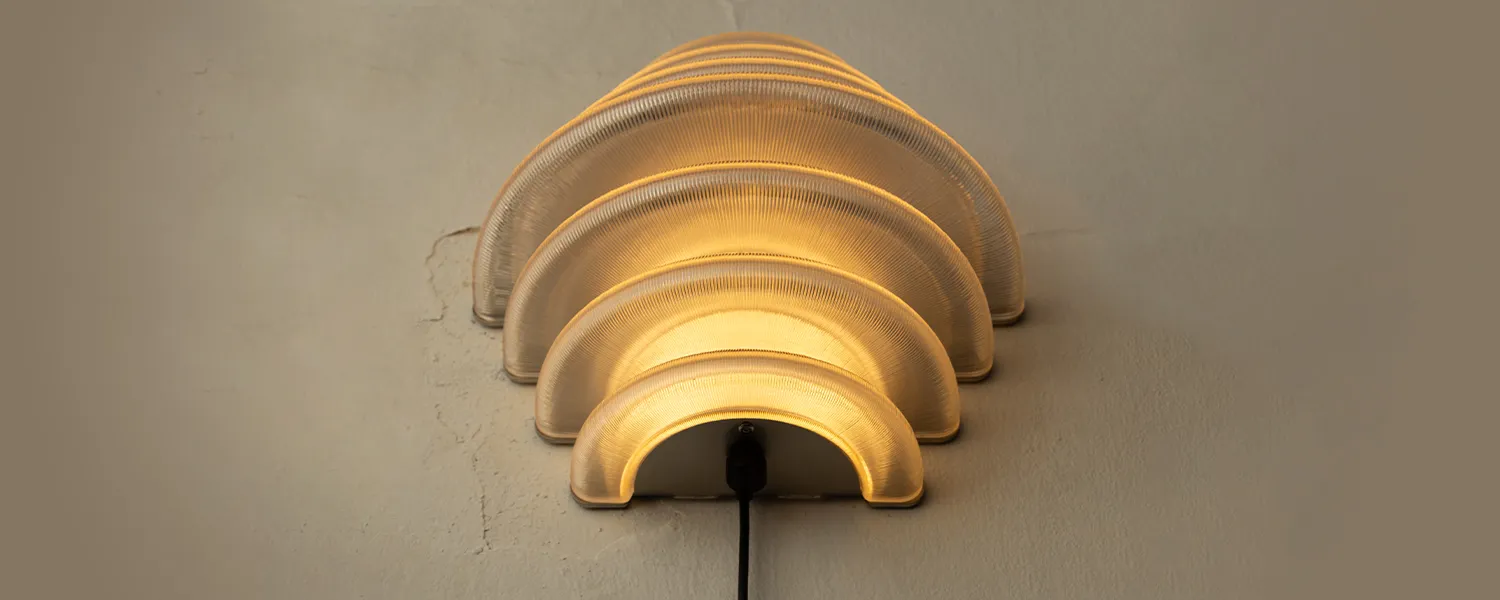
Woodworking: A Timeless Art Form
In the realm of design and craftsmanship, few endeavors hold the same blend of tradition, innovation, and sheer creativity as woodworking. This captivating art form involves more than just sawing and assembling wood. It is a meticulous dance between human ingenuity and the raw beauty of timber. The world of Wood working is a universe unto itself. In this world, artisans and enthusiasts alike explore the versatility of wood to craft uniquely aesthetic marvels.
What is Woodworking?
Woodworking involves the design, creation, and assembly of objects, furniture, and cabinets using a variety of wood types. Popular woods include Oak Wood, Sheet Wood, Tropical Wood, Hard Wood, and many other Wood varieties. These crafts encompass a diverse array of activities, from shaping raw timber into intricate sculptures to constructing functional furniture and cabinets. Meticulous attention to detail in design and craftsmanship is essential. Artisans use different wood types, tools, techniques, and finishing methods to achieve durable, aesthetically pleasing results.


The Origins of Woodworking
The origins of Wood & Cabinetmaking can be traced back to ancient civilizations where the use of wood for both functional and decorative purposes was a cornerstone of human ingenuity. The practice has evolved through time. The early Egyptians and Greeks crafted intricate wooden furniture and cabinets adorned with ornate carvings. While the skilled artisans of the Renaissance period elevated woodworking to an intricate art form.
With advancements in tools and techniques, woodworking has flourished, adapting to changing styles, needs, and technologies. All while maintaining a deep respect for the natural beauty and versatility of wood varieties. Today, this age-old craft continues to thrive, blending tradition with innovation to produce exquisite pieces that stand as a testament to human creativity and craftsmanship.




See More Like This: Visit Our Online Gallery of Wood Designs
What Are Popular Woodworking Techniques?
The craft encompasses a plethora of techniques, each a testament to the depth and versatility of Wood. Among these techniques are the meticulously designed joinery methods. One such joint is the timeless dovetail joint known for its strength and aesthetic appeal. The mortise and tenon joint is an ancient method that brings together components seamlessly through interlocking parts. The box joint, characterized by its interlocking square fingers, adds both strength and a unique visual element to the final piece.
Carving, a technique that has adorned wooden surfaces for centuries, allows artisans to breathe life into their creations. From delicate floral motifs to intricate patterns that tell stories, carving transforms a plain surface into an intricate tapestry of artistry. Turning, on the other hand, involves spinning a piece of wood on a lathe while using sharp tools to shape it into symmetrical forms. This technique brings forth the enchanting curves and profiles seen in objects like table legs and spindles.
Marquetry, a technique born from the marriage of woodworking and painting, involves inlaying delicate pieces of veneer to create intricate designs. This adds another layer of depth and sophistication to the finished piece. Each technique is a masterful skill in its own right, contributing to the exquisite craftsmanship that defines the world of Woodworking.


What is the Best Wood for Each Woodworking Technique?
Choosing the right wood for a particular technique is crucial to achieving the desired results. Here’s a breakdown of different woodworking techniques and the ideal wood types for each:
- Carving: Choose woods with fine, even grain and low density, as they carve easily and hold intricate details well. Basswood, butternut, or cedar are good examples.
- Turning (e.g., lathe work): Woods with attractive grain patterns, such as walnut or maple, for turning bowls, spindles, and other rounded objects.
- Veneering: Thin veneers of exotic hardwoods like mahogany, rosewood, or ebony for adding decorative layers to surfaces.
- Joinery (e.g., dovetail joints, mortise and tenon): Hardwoods like oak, maple, or cherry for their durability and ability to hold intricate joints.
- Cabinetmaking: Cabinet grade plywood for structural parts and hardwoods like cherry or walnut for visible surfaces.
- Marquetry and Inlay: Various contrasting woods, including holly, ebony, and rosewood, to create intricate designs and patterns.
- Woodturning: Work with woods that exhibit striking grain patterns and a balance of hardness and workability. Woods like oak, ash, and maple for spindle turning, and burls or figured wood for artistic turning.
- Wood Finishing: Any wood can be finished, but woods with attractive grain, such as cherry or walnut, benefit most from expert finishing techniques.
- Wood Inlay (Intarsia): Various contrasting woods like pine, cedar, and exotic species for creating intricate inlaid designs.
- Wood Sculpting: Softwoods like pine for beginner projects, while hardwoods like mahogany and walnut are favored for detailed and artistic sculptures.
Notable Artists within Woodworking
Several notable artists have left an indelible mark with their creativity and craftsmanship. These artisans have achieved international recognition for their exceptional contributions to the field, influencing both traditional and contemporary woodworking practices.
- Sam Maloof was a pioneer of contemporary furniture design, renowned for his organic and sculptural creations that seamlessly blended form and function.
- George Nakashima embodies a profound connection between nature and woodworking, emphasizing the natural beauty of wood in his exquisite furniture designs.
- James Krenov a master of fine woodworking, is celebrated for his meticulous attention to detail and his influence on modern cabinetmaking and craftsmanship.
- Wharton Esherick a visionary artist who pushed the boundaries of woodworking, creating functional sculptures that challenged traditional design norms.
Read Now: Exploring the Timeless Beauty and Strength of Hardwood


Read Now: The Multifaceted Applications of Sheet Wood
Current State of the Market:
Woodworking is experiencing a resurgence as a sought-after medium for creating distinctive and sustainable pieces. With a growing emphasis on eco-consciousness and authenticity, designers are increasingly turning to woodworking to craft furniture, decor, and functional art that embraces the beauty of natural materials. This renewed appreciation for woodworking aligns with the trend toward bespoke and handcrafted items. Consumers seek unique pieces that tell a story and offer a sense of connection to the artisan.
Contemporary designers are pushing the boundaries of woodworking by incorporating innovative techniques and materials. The resulting furniture and decor blend tradition with modern aesthetics. With a focus on minimalism, clean lines, and sustainable sourcing, woodworking has become a symbol of craftsmanship and design integrity. As a result, woodworking’s current view within contemporary design is one of reverence for its ability to infuse authenticity, warmth, and timeless elegance into spaces. All while honoring the environment through the use of renewable resources and responsible production practices.




Read Now: Tropical Wood Varieties: Nature's Exquisite Offerings
Conclusion
Woodworking encapsulates an enduring fusion of artistic vision and skillful execution. Spanning from its historical roots to contemporary workshops, this craft weaves together the art of material selection, the mastery of intricate techniques like joinery, carving, and marquetry, and the unyielding commitment to creating functional yet captivating pieces. Notable artists have imprinted their creativity across time, inspiring a lineage of artisans to push the boundaries of possibility.
Amidst a world of mass production, Woodworking preserves the sanctity of handcrafted excellence, where tradition and innovation coalesce. As sustainability gains prominence, the allure of woodworking shines brighter, inviting a future where the intrinsic beauty of wood harmonizes with human craftsmanship to craft pieces that transcend utility, becoming enduring symbols of creativity and dedication.
Discover Wood & Cabinetmaking Design on Adorno
-

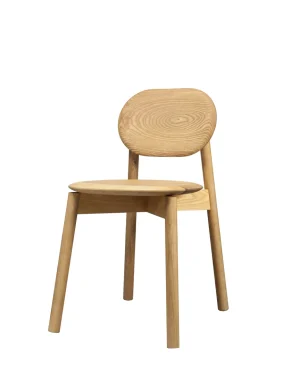 Rua Cha – Minimalist Ash Wood Chair€439 incl. tax
Rua Cha – Minimalist Ash Wood Chair€439 incl. tax -
Piece on sale

 Isolation – Cork Wood Coffee Table€1.710
Isolation – Cork Wood Coffee Table€1.710 -

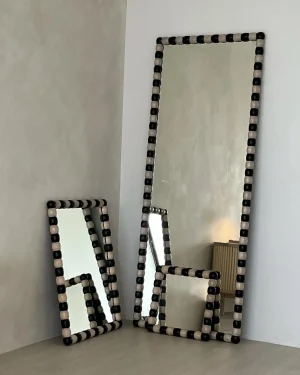 Onde – Two-toned Mirror€366 – €1.305 incl. tax
Onde – Two-toned Mirror€366 – €1.305 incl. tax -

 Ovoid Keeper – Tissue Paper Holder
Ovoid Keeper – Tissue Paper Holder -

 Sabina Modern Floor Lamp Parota Natural Wood Ivory Fiberglass Shade€3.806 incl. tax
Sabina Modern Floor Lamp Parota Natural Wood Ivory Fiberglass Shade€3.806 incl. tax -

 Elements set (Fire, Earth, Water and Air)€5.795 incl. tax
Elements set (Fire, Earth, Water and Air)€5.795 incl. tax -

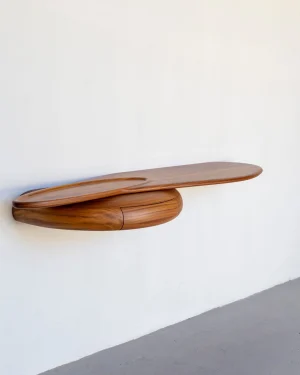 Ita – Wall Mounted Console€3.134 – €3.990
Ita – Wall Mounted Console€3.134 – €3.990 -

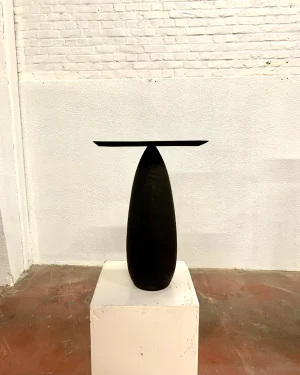 Drop Seats – Narrow Blackened Oak Stool€305 incl. tax
Drop Seats – Narrow Blackened Oak Stool€305 incl. tax -

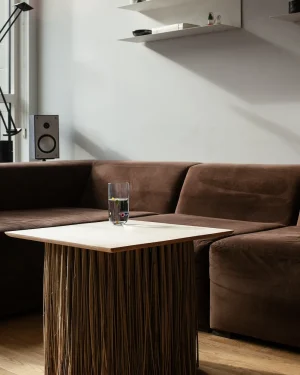 Brush Occasional Table€2.462 – €3.078 incl. tax
Brush Occasional Table€2.462 – €3.078 incl. tax -

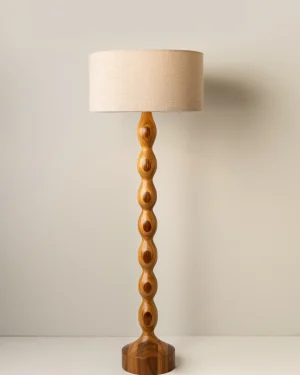 Tamarindo Organic Modern Floor Lamp Turned Natural Parota Wood Ivory Fiberglass Shade€3.806 incl. tax
Tamarindo Organic Modern Floor Lamp Turned Natural Parota Wood Ivory Fiberglass Shade€3.806 incl. tax -

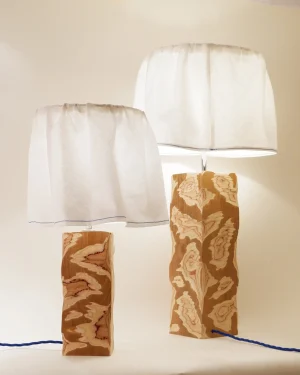 Acid Lamp – Carved Teak Table Lamp€375 – €810
Acid Lamp – Carved Teak Table Lamp€375 – €810 -

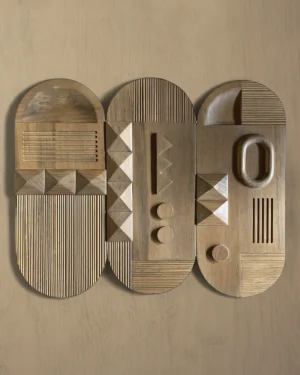 Planos Wooden Wall Art€2.196 incl. tax
Planos Wooden Wall Art€2.196 incl. tax -

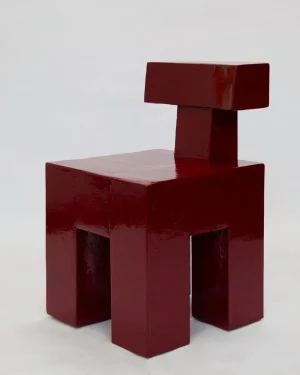 The Practice Chair€2.684 incl. tax
The Practice Chair€2.684 incl. tax -

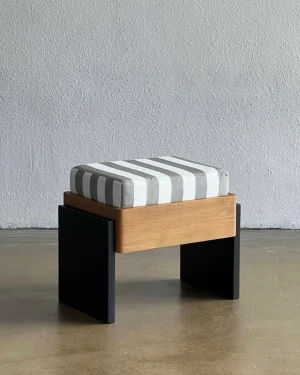 Striped Teak Ottoman€756 incl. tax
Striped Teak Ottoman€756 incl. tax -

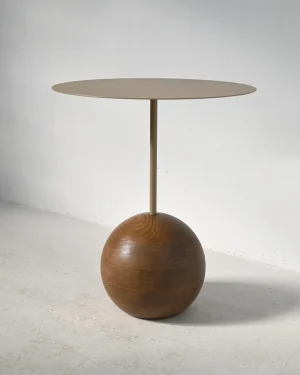 An Su – Side Table€660 incl. tax
An Su – Side Table€660 incl. tax -

 The Walky Chair€3.654 – €7.003 incl. tax
The Walky Chair€3.654 – €7.003 incl. tax -

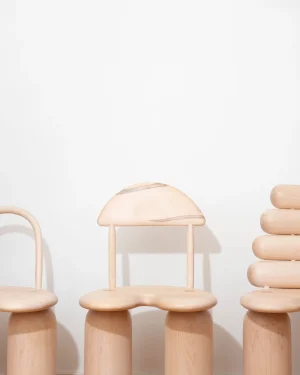 Funky Bunch – Maple Wood Dining Chair€4.270 incl. tax
Funky Bunch – Maple Wood Dining Chair€4.270 incl. tax -

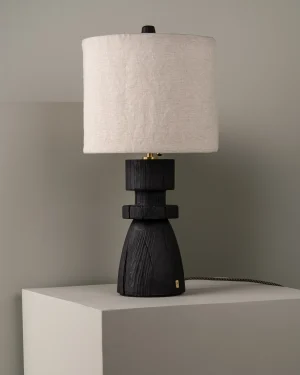 Mezquite Sculptural Table Lamp Burned Pinewood Flexible Natural Linen Shade Small€2.928 incl. tax
Mezquite Sculptural Table Lamp Burned Pinewood Flexible Natural Linen Shade Small€2.928 incl. tax -

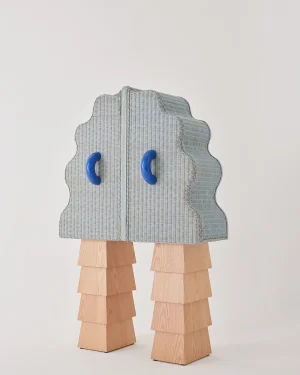 Ventura Cabinet€6.588 incl. tax
Ventura Cabinet€6.588 incl. tax -

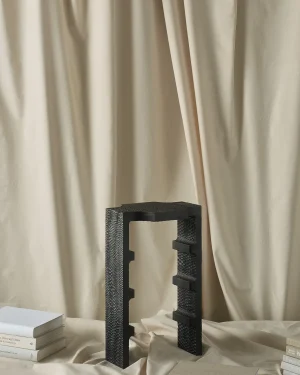 Side Book Table€3.050 incl. tax
Side Book Table€3.050 incl. tax
